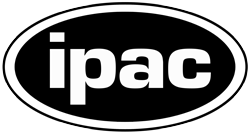
Euclid successfully de-iced in space

A common problem for a space mission is that some of the spacecraft components absorb water from the air during assembly on Earth, and release them gradually in space. Euclid is experiencing this as well.
In recent months, while fine-tuning and calibrating Euclid’s instruments after launch and preparing for the start of the mission’s primary survey to map the dark Universe, science operations staff noticed a small but progressive decrease in the amount of light measured from stars observed repeatedly with the visible instrument. This is due to the released water molecules sticking to the optics.
Euclid teams are now testing a newly designed procedure to de-ice the mission's optics. If successful, the operations will validate the mission teams’ plan to keep Euclid’s optical system as ice-free as possible for the rest of its life in orbit.
The initial analysis of Euclid’s data validates the de-icing approach devised by the team. A more in-depth analysis of the results is ongoing. For more details, click here.
